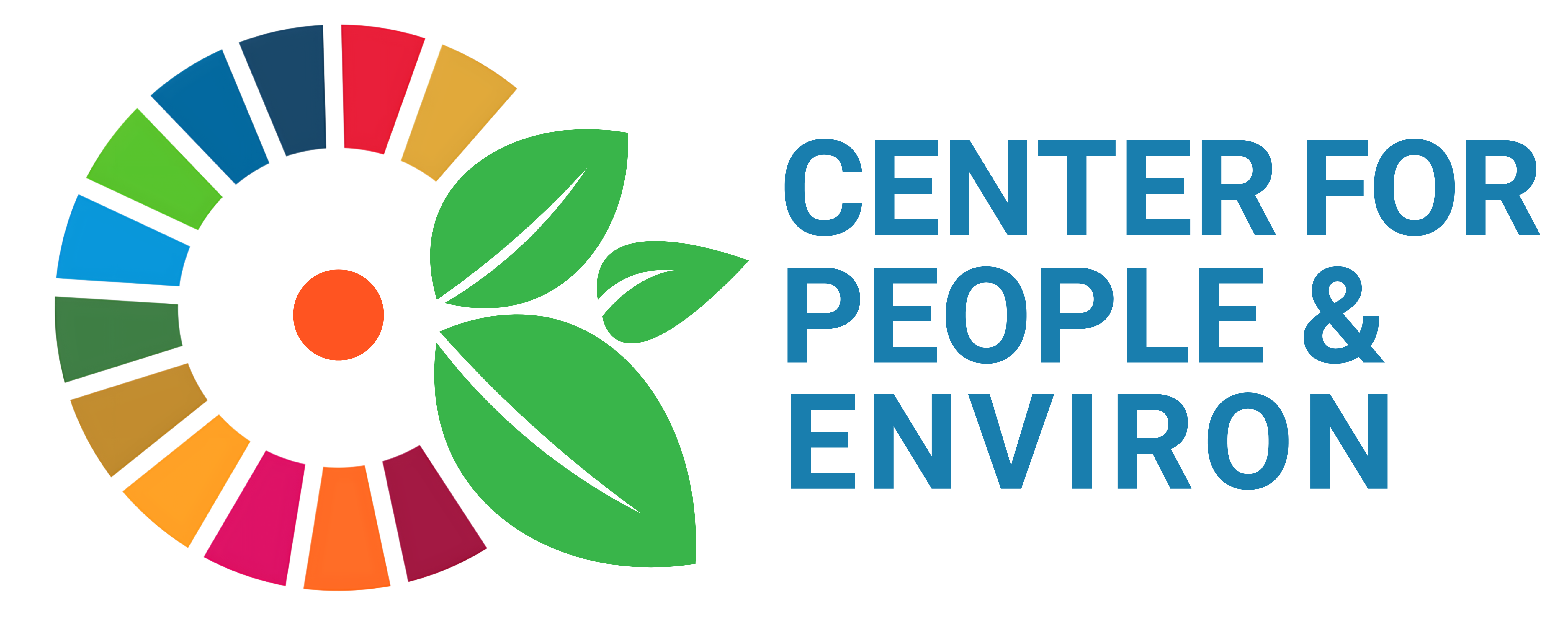Study on climate change impacts and priority adaptation measures forselected urban areas in Bangladesh
Objectives of the study
The broad objective of the study is to gain a comprehensive understanding of the vulnerability of the selected urban areas and to identify effective adaptation measures that can be implemented to reduce vulnerability and the impact of climate change. The specific objectives of the study are as follows:
The key objectives of this study are:
- Analyzing climatic factors and assessing the magnitudes and impacts of extreme and slow onset events that increase the vulnerability of people, resulting in impacts on the ecosystem, life, livelihood, and migration patterns in the study urban locations.
- Enhancing the understanding of climate change impacts as key drivers for ecological, social, and economic vulnerability in the study of urban locations.
- Identify and prioritize the potential adaptation actions to avoid adverse impacts of climate change
- Documenting good practices for managing risks and recommending the appropriate ones to match the local conditions.
Review current initiatives on climate change adaptation actions/measures taken by different stakeholders (especially CBF-supported projects in Khulna City Corporation and Rajshahi City Corporation Areas) and identify good adaptation model(s) for replicating as good practices.
- Strengthen understanding of gender-responsive and socially inclusive adaptation measures in practice and potential measures in each location.
Scope of work
To identify the overall impacts of climate change in the selected locations, the study will be undertaken within the following scope:
- The study will be conducted to determine the impacts of climate change on slum/ low-income communities/ climate migrants in climate-vulnerable urban locations of Southwest Coast (Khulna, Satkhira, Bagerhat), Central Coast (Barisal, Patuakhali, Bhola), Southeast coast (Chattagram, Cox’s Bazar), Flood and river bank erosion zone (Sirajganj, Kurigram), Haor Zone (Sylhet, Sunamganj), and Hilly Areas (Rangamati) (Map 1).
- • The study will evaluate the population’s (including climate-induced migrants and other vulnerable communities) exposure, sensitivity, and capacity for adaptation (past, present, and future context) The study will assess and identify current and potential adaptation options (based on current and future climate projections) for vulnerable communities e.g., slum population/ low-income communities/ climate migrants.
- The study will prioritize adaptation options with strong technical justifications (short-term/ immediate-within 1 year, mid-term-2 to 3 years, long-term ->4-5 years.
- The study will document and capture the best practices for local adaptation solutions.
- The study will provide analytical benchmark information on the Government’s plans/ programs and their policies concerning climate change adaptation and to what extent they are well aligned with the adaptation needs of the slum communities/ climate displaced population or climate migrants.
- The study will provide an in-depth understanding of the capacity and coordination gaps at the institutional levels/ local authorities concerning point number 6 above.
- The study findings will be validated with the stakeholder consultation to verify findings from the initial review and recommended actions and prepare stakeholder consultation reports.
- The study will generate information and provide recommendations through gender and disability-responsive analysis (including sex-disaggregated data for both quantitative and qualitative analysis) and propose solutions that specifically address the needs of women, youth, children, people with disabilities, transgender people, and people from other marginalized communities in the respective locations.
Methodology of the study
- Collection, review, and analysis of relevant literature related to climate change, disaster, migration, livelihoods, gender, youth, and persons with disability inclusion in selected sites.
- Collection, review, and analysis of long-term climate and weather data of key climate parameters and disaster data to show the trends of change and impacts on urban health, WASH, livelihoods, socio-economy, housing and shelter, drainage, food security, and livelihoods;
- Review of documents, strategy, policies, etc:
- Participatory research to get actual data, perspectives, and experiential knowledge Participatory capacity analysis of individual, household, community, and institutional levels
- Landscape, land use, and drainage network analysis
- Social Network Analysis and Institutional mapping
- Salinity measurement
- Multi-hazard risk assessment
- Local scenario generation through micro-climate downscaling
- Climate displacement hotspot selection
- Heatwave Vulnerability Index
- Climate-resilient land use
- Resilience System Analysis
Funded By






